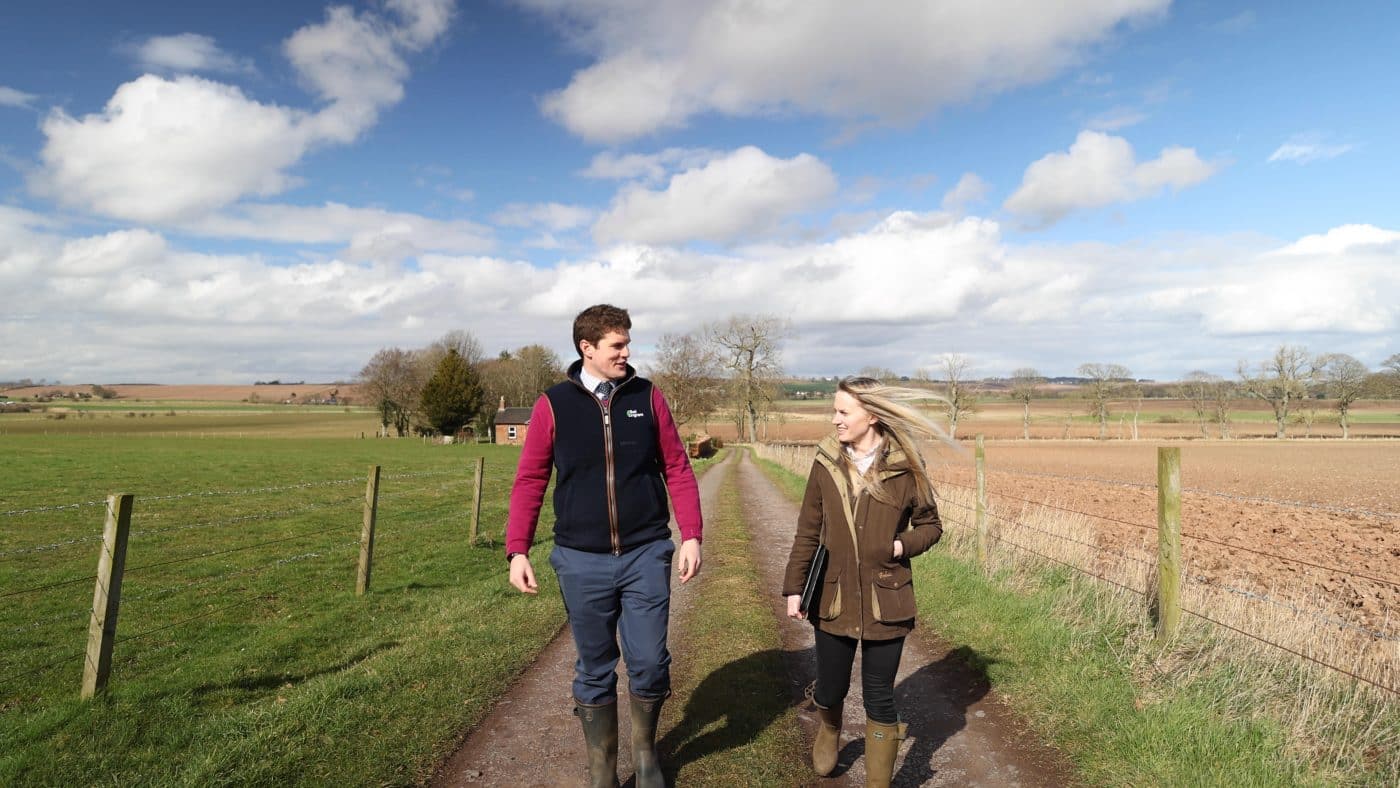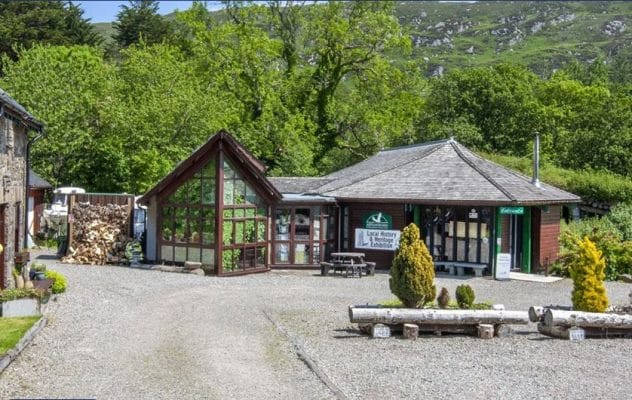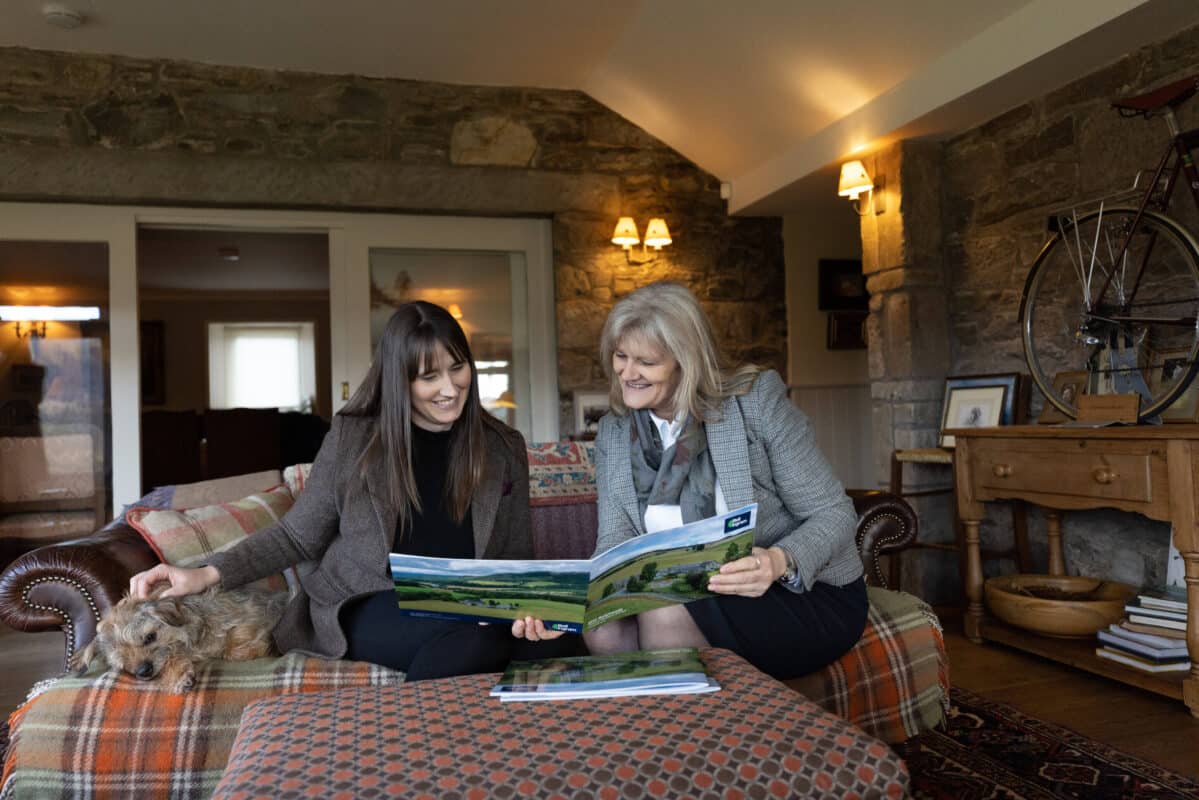Raising awareness of jobs in the rural sector
Like most of the rural sector, rural land management and in particular rural surveying is experiencing a serious skills shortage.
As one of the UK’s leading firms of rural business specialists, Bell Ingram knows the issue all too well and is taking steps to promote the fantastic work on offer within the sector.
With five offices across Scotland the firm employs 30 professional staff involved in rural land management, forestry, renewables, utilities, valuations, and AMC work. For many the hugely varied role of a Land Agent is one of the main attractions to the job as it allows for a real mixture of experiences as well as office and on site working.
To help address the skills shortage Bell Ingram has developed strong connections with SRUC and regularly welcomes students from the Rural Business Management course on site for practical valuation experience.
A key piece of the puzzle, however, is promoting the sector to those who don’t know the work exists. To help, Bell Ingram has partnered with Countryside Learning Scotland, a charitable organisation founded to help promote rural jobs to all young people across the country, not just those from rural communities.
As part of this project a panel of young people from a cross section of the population were tasked with producing a video about rural work, interviewing those in the sector about their career pathway, which premiered at the Highland Show last year.
This year the firm is producing social media campaigns promoting the careers available within the sector and profiling the varied work and backgrounds of those in the business.
Head of Rural Land Management at Bell Ingram, Rob Whitson, said: “At Bell Ingram we have a robust training programme in place that has successfully guided trainee Land Agents through their APC exams to become Chartered Rural Surveyors.
“But as an industry we must do better at promoting the brilliant work on offer within rural surveying. Whether that is developing stronger relationships with schools and universities or supporting national projects such as Countryside Learning Scotland, it is imperative we have the people with the right skills available to carry out the vital work we do to keep the rural economy thriving.”
Bell Ingram is recruiting for a variety of positions across Scotland including Senior Chartered Surveyor in Beauly, Land Agent in Perth & Ayr, Forester in Aberdeen & Perth. For more information visit bellingram.co.uk/work-with-us/vacancies
Our people

Rob Whitson
Partner, MRICS
Rural Land Management, Valuations
Tel: 01463 717 799
About: Rob is Bell Ingram’s partner in charge of the Beauly office. He specialises in the management of rural properties for a range of private clients across the Highlands. This has included a number of significant and high profile sporting estates. For Land Management clients, Rob has worked on the negotiation of purchase/sale, servitude rights and renewable energy developments. He provides specialist management advice over a wide range of sporting estates particularly in relation to red deer stalking and salmon fisheries. Rob has enjoyed a long involvement with a number of district salmon fishery boards across the Highlands, and is a trustee of the Cromarty Firth Fishery Trust. He is Chair of the Highland Region for Scottish Land & Estates and also leads on valuations of commercial and rural property throughout Scotland in accordance with the RICS appraisal and valuation standards. Interests: Private Estate Management, Rural Land Management, Sporting Management, Valuations.


























